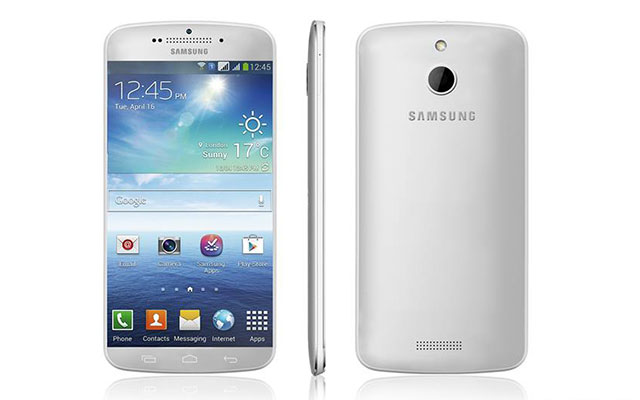 Samsung warned this week that its earnings in its most recent financial quarter were likely to have tumbled by as much as 26,5% — the third straight quarter of decline — in part because of a glut of unsold smartphones and growing competition from Chinese manufacturers.
Samsung warned this week that its earnings in its most recent financial quarter were likely to have tumbled by as much as 26,5% — the third straight quarter of decline — in part because of a glut of unsold smartphones and growing competition from Chinese manufacturers.
These must be troubling times for the Korean consumer electronics giant, whose growth in the past three years has been fuelled by a wave of successful smartphones, especially the Galaxy S lineup. But some analysts have begun warning that the company’s growth is at risk as Asian rivals, including its long-standing domestic competitor, LG Electronics, gain ground on it.
Its US nemesis, Apple, may be poised to snap out of the funk it’s been in for the past few years when it takes the wraps off the iPhone 6, which is expected by the fourth quarter at the latest. The next iPhone — strongly rumoured to come in larger 4,7-inch and 5,5-inch variants — looks set to introduce the biggest changes to the device in its seven-year history. Apple is also expected to announce its first foray into wearable computing with a smart watch that will help users to track their health.
But it’s not so much Apple that appears to have Samsung rattled. Rather, it is Chinese competitors such as Huawei, Lenovo and Xiaomi that Samsung is blaming for the
pressures it is facing.
According to the Wall Street Journal, Samsung’s mobile division accounted for more than three-quarters of the company’s profits in the first quarter of the year. That was up from just 25% four years ago, when it made most of its profits from selling semiconductors, the materials that are used to make cellphones, computers and other electronic devices.
Samsung ’s problem is twofold. At the high end of the market, where it has done incredibly well with its Galaxy S3, S4 and now S5 line of premium Android-powered smartphones, selling tens of millions of each to eager consumers, competition is becoming much more intense.
The quality of Android smartphones from rival manufacturers such as LG and Huawei has improved markedly in recent years. Indeed, LG’s new G3, which goes on sale in South Africa next month, is noticeably superior to Samsung’s S5. The S5 did not push the innovation envelope as much as it should have.
The other challenge for Samsung is maintaining its growth in emerging markets. Smartphone penetration in Europe, the US and other developed markets has reached saturation levels. The real growth opportunity now is in Asia and Africa. There, the Chinese are showing they can produce quality devices at very low cost.
That Samsung admitted this week that it is having to ramp up marketing to try to clear a large backlog of low-end smartphones suggests the impact of the Chinese rivals is being keenly felt.
The global smartphone business is a high-stakes game. Ask Nokia, which stumbled badly after the iPhone was introduced. It was forced to sell to Microsoft.

And look how quickly consumers were to dump BlackBerry when better alternatives came along. Or how fast Taiwan’s HTC came unstuck when it took its eye off distribution and customer service. HTC’s One (M8) is one of the best smartphones available today, but don’t expect to see many people using it.
This market is ruthless in punishing mistakes.
Samsung is excellent at distribution and on-the-ground support. In South Africa, and Africa more broadly, its ADH or “accidental damage from handling” programme gives buyers of certain of its products a no-questions-asked free repair if a device becomes damaged during normal use.
But excellent support has to be matched by the best handsets and these handsets have to be competitively priced, which could put further pressure on margins.
Samsung will have to ensure that it is firing on all cylinders, including innovation, if it is to repel the advancing Chinese army.
- Duncan McLeod is editor of TechCentral. Find him on Twitter
- This column was first published in the Sunday Times




